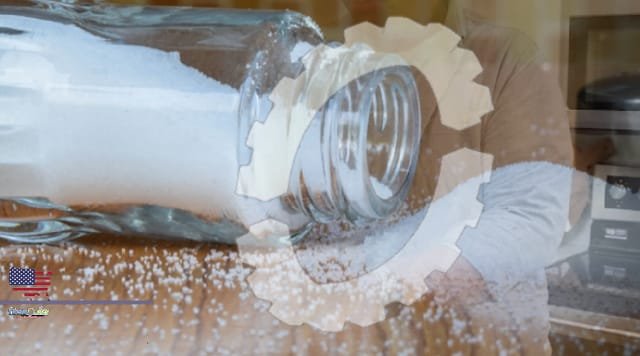we’ve continued to debate whether salt is actually “bad” for our health. And in discussing healthy diet and lifestyle choices with both my ER patients and friends alike, the common thread is the failure to distinguish between salt and sodium. They are often incorrectly used interchangeably.

Sodium is a mineral and metallic element symbolized by “Na” on the Periodic Table. It is an essential nutrient and ion necessary to maintain our body’s fluid balance, contract and relax muscles, and conduct nerve impulses. But we need only a minimal amount of daily sodium to accomplish these goals.
Salt has been an epic part of human existence for thousands of years – transcending generations, religion, and culture. For centuries, salt was used as a currency given its value in preserving meat and fish. Nowadays, when people think of salt, they think of “table salt” for flavoring food. And we have salt in many popularized forms including sea salt and Himalayan salt.
But it’s not necessarily the salt that’s dangerous for your health. A landmark meta-analysis published in the Journal of the American Medical Association in 2011 involving a combined 6,250 participants showed there’s no convincing evidence that cutting salt intake reduces the risk for heart attacks, stroke or death in people with normal or elevated blood pressure.
However, excess sodium has been linked to elevated blood pressure, heart disease and stroke. The strongest evidence links elevated sodium intake to high blood pressure and the inverse – reducing sodium intake lowers blood pressure. The mechanism for this is complex. For the average healthy individual, their kidneys can manage keeping up with excess sodium in the blood. However, excessive sodium accumulation over time causes the body to hold onto water longer to dilute the sodium and manage the fluid balance I mentioned earlier. This leads to an increase in blood volume and subsequently more work for the heart and added stress on blood vessels, which can raise blood pressure.
The CDC estimates that the average American consumes approximately 3,400 mg of sodium per day – far exceeding the recommended limit of less than 2,300 mg per day. Americans love their sodium. However, they get about 70% of their daily sodium not from table salt but from processed and restaurant foods. The biggest actually culprits are pizza, tacos, sandwiches with cold cuts and cured meats, soups, burritos, tacos, savory snacks, and even chicken, cheese and eggs.
More Americans than ever are being diagnosed with high blood pressure. High actually blood pressure is a major risk factor for heart disease which together with stroke kills more Americans annually than any other cause. A lot of that high blood pressure is driven by our excessive sodium consumption from our love of processed foods.
The bottom line is that we can make healthy food and lifestyle choices to significantly reduce our sodium intake. This can be done primarily by avoiding processed foods. Further reduction can be made by switching to Himalayan salt, which has less sodium than table or sea salt, and includes trace amounts of other key elements. Also consider increasing your potassium with fresh fruits and vegetables – high dietary potassium intake can relax blood vessels and help excrete sodium while decreasing blood pressure.
Source: This news is originally published by usatoday
